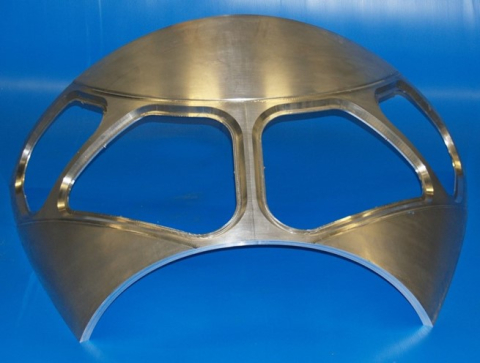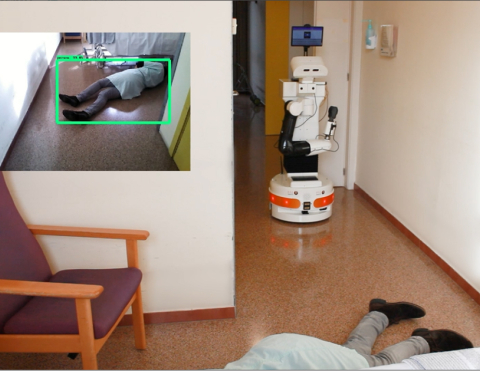At DIFFER we focus on creating economic and societal value from knowledge, leveraging our research infrastructure to collaborate with industry, reducing risks and costs while advancing technology. DIFFER has a prominent position in the innovation ecosystem. What is DIFFER doing to drive valorisation?
At DIFFER, valorisation lies at the heart of the strategy, with a focus on co-evolution, technology transfer and spin-outs. ‘Valorisation is the process of creating value from knowledge by making knowledge suitable and/or available for economic and/or societal use and translating that knowledge into products, services, processes, and entrepreneurial activity.’ With that definition of the Dutch Rathenau Institute in mind, we take a look at valorisation in fusion.
Big science ecosystem
It’s interesting to look at the role of a Dutch NWO institute in the Big Science ecosystem. This applies to DIFFER in the fusion ecosystem, to Nikhef in the elementary particle and gravitational wave ecosystem and to Astron and SRON for space observations and instrumentation.

Typically, these big science institutes both operate in-house scientific infrastructure and participate in the design, construction and exploitation of advanced instruments in international scientific infrastructures. DIFFER, for example, is involved in the analysis of plasma-facing materials and components for ITER and DEMO, the development of instruments and controllers for ASDEX Upgrade, Wendelstein 7-X in Germany, WEST in France or TCV in Switzerland. In addition, DIFFER actively participates in activities such as the governing board of Fusion4Energy, the general assembly of EUROfusion, the DEMO design team, and so on.
Pushing the boundaries
The link of these activities with the industry is quite subtle. Companies benefit from participating in the design and construction of scientific infrastructure, which often fosters the extension of their technological capabilities, which can then be pursued in other markets. Geo-return, where industries get involved in big, international, scientific infrastructures, is often a long game with substantial upfront costs and significant risks.
What if, however, you have your own in-house research infrastructure, like DIFFER has in the Netherlands? Then, you can try to get the industry involved in the design and realisation of the infrastructure. This is a much less risky game, with significantly low upfront costs, as well as significantly larger chances of success. The scientific infrastructure, almost by definition pushes the boundaries of requirements and complexity, and the industrial parties develop the desired competencies to drive the technology. By pushing the boundaries of the scientific infrastructure, the boundaries of industrial competency are pushed, too, and industrial partners gain competency and can develop new product lines.
Technology transfer: When the magic happens
In addition to geo-return and co-development, there is technology transfer. Technology transfer means that a technology that was developed in a specific domain can be applied in another domain. The question is: What happened in the transition between these domains? Often, this is experienced as serendipity; suddenly, there was an insight, and suddenly, an opportunity was recognised. But maybe there is a system to the madness, and we can understand what technology transfer is and how we can try to facilitate those developments.

To make a successful transfer of technology, one should start at the system level. Specific functions are invested in components that are interfaced with each other to deliver the overall desired behaviour against specific requirements. In technology transfer, functions from an artefact in one domain are needed, but typically with additional functions, in a different environment, at different requirements, and in a different legal framework.
This means that you have to work with new domain specialists to ensure that you build a thing that will work for different purposes. Then, there are market aspects, such as knowledge creation, disclosure, assessment and evaluation, IP protection, fundraising and technology development, marketing, commercialisation, product development, and impact. These are things that are typically outside the realm of most scientists, and as a consequence, technology transfer is often a difficult and risky endeavour.
From knowledge to valorisation: five examples
Concrete examples of how DIFFER has participated in technology transfer and created value from knowledge to push valorisation are:
- From ITER vacuum vessel to Airbus A380
- From nuclear fusion to care robotics
- Prototype training simulator for open-heart surgery
- From fusion reactor to industrial inspection tool, life science diagnostic
- From fusion to thermal control for advanced cancer treatment
This news item is part of a large, four page article. Read more on the Innovation News network website. This article further explains these five examples of valorisation.
Author: Rianne van Hoek
Go to the News page.